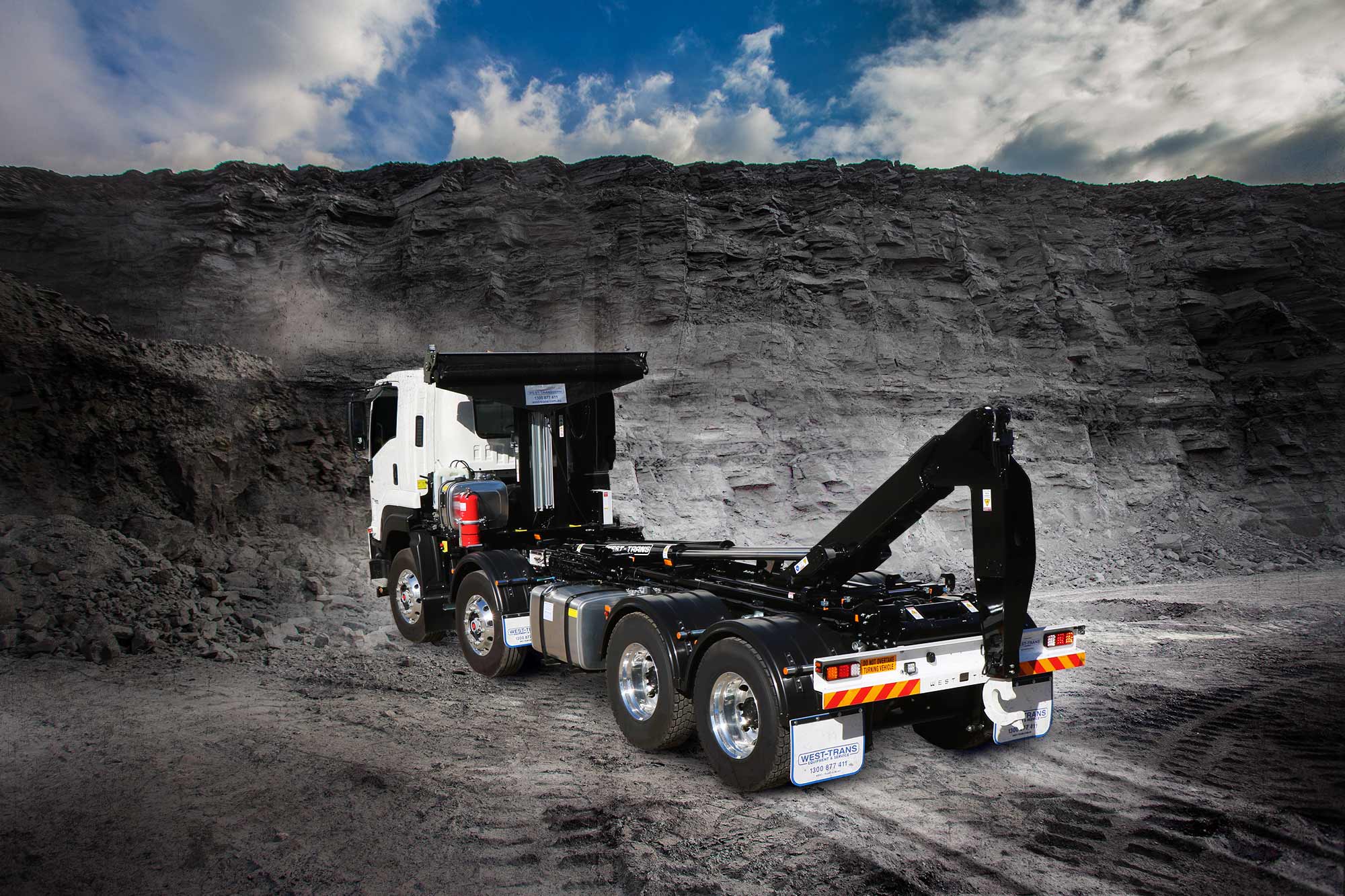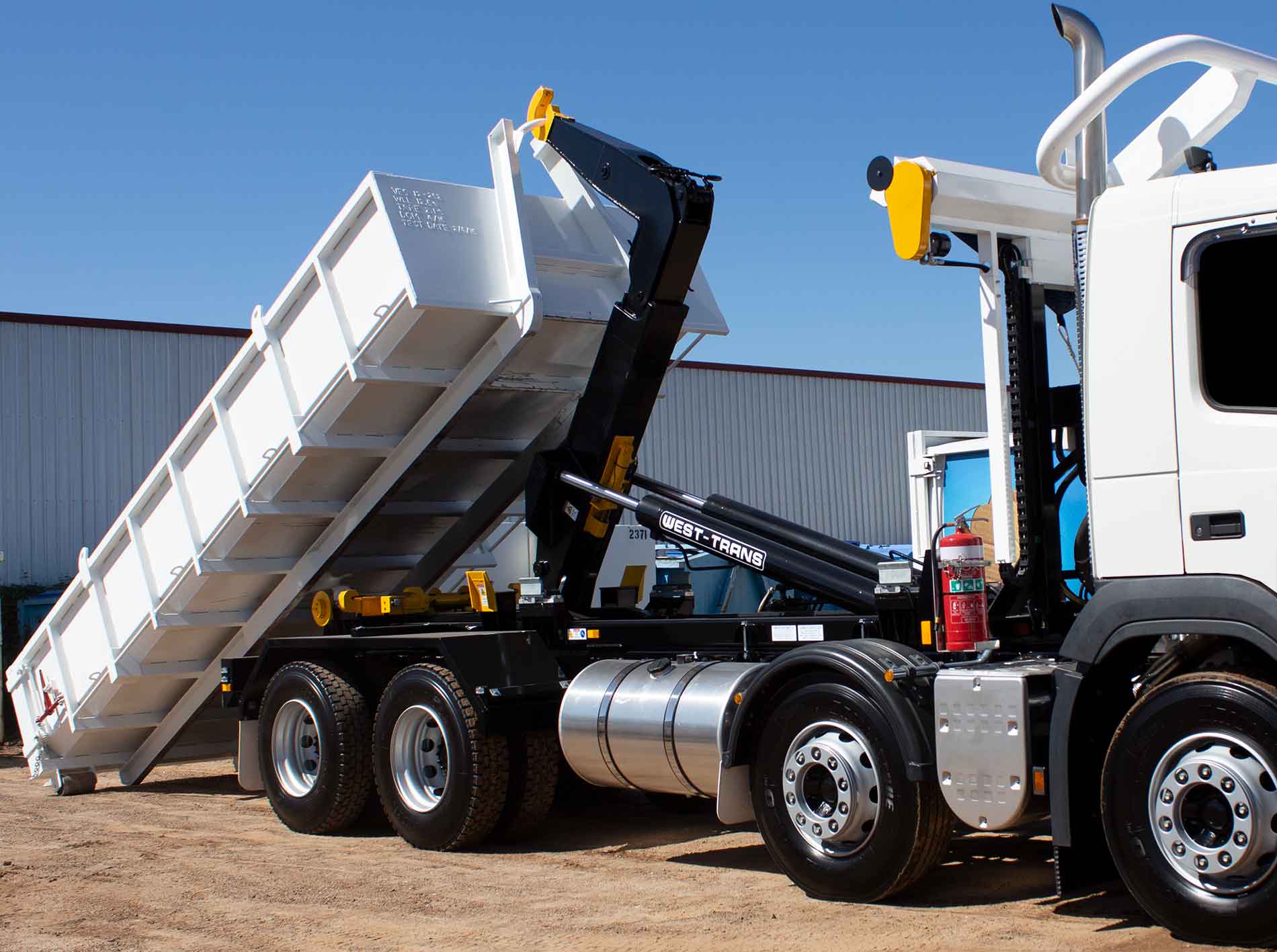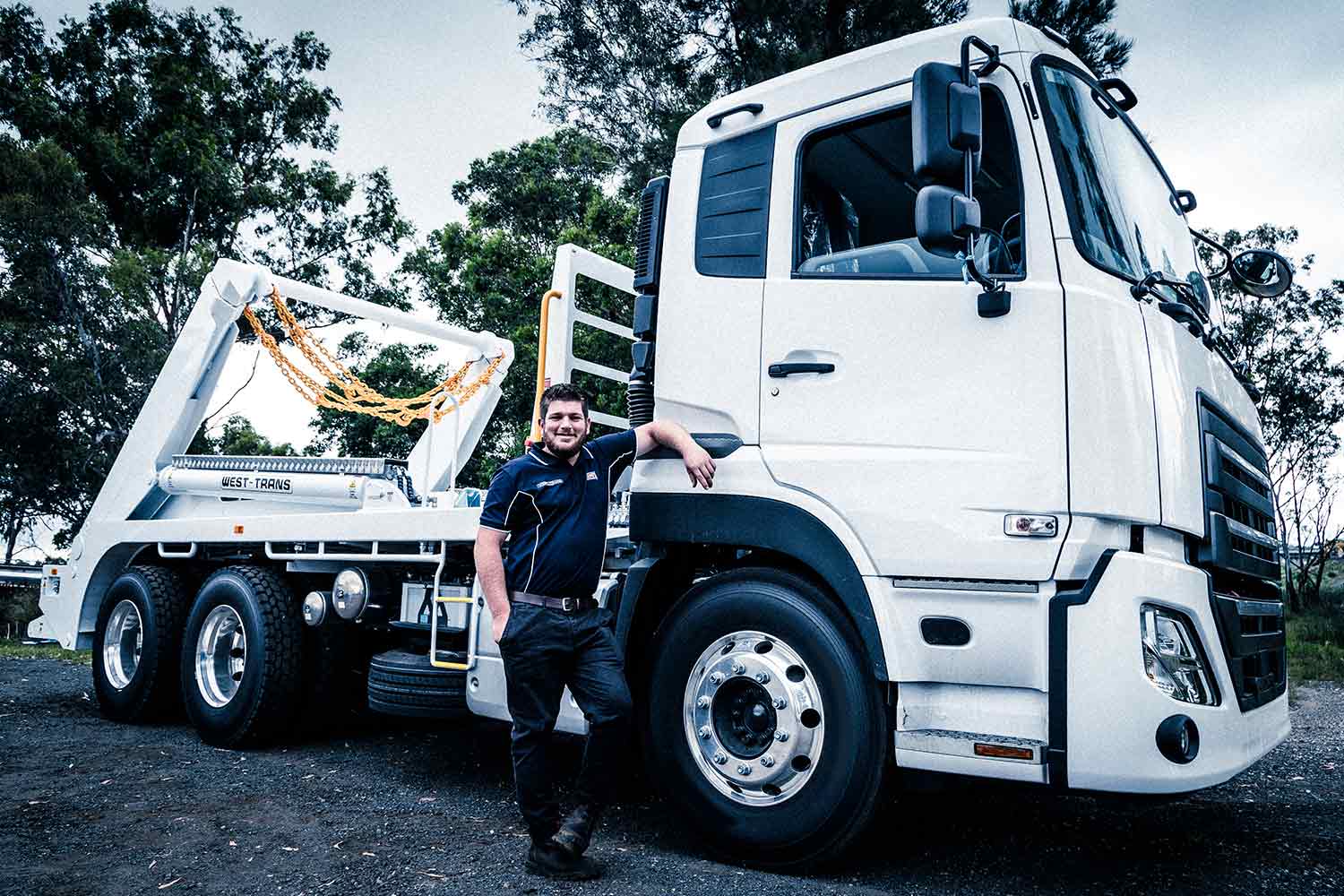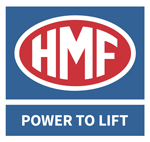The hook lift is an incredibly versatile machine that is invaluable to the operation of a broad range of construction and logistics industries. Waste management is no different. Hook lifts are a staple of the waste management industry and are central to waste transport, loading and unloading large debris, and providing a means to move waste from more inaccessible areas to be loaded onto larger vehicles.
The versatility of hook lifts comes from the wide variety of machines available, from small agile hook lifts to large and robust systems that can handle all but the heaviest of loads.
The variety of machines available can make it difficult to choose a single hook lift for your business. However, by understanding your business needs and the hook lift models available, you can come to an informed and confident decision.
Understanding Hook Lifts
A hook lift is a hydraulic lifting system that’s mounted onto a truck chassis, allowing for the loading and unloading of skips, containers, flat trays and other heavy materials, without.
It can also be operated by one person, the truck’s driver, cutting down on personnel requirements and improving efficiency.
Understanding Your Hook Lift Requirements
There are several things you need to consider about your business to make an informed choice about the right hook lift system design for you. First, identify what your business needs to thrive, including how the business might expand or change in the future.
Next, calculate the weight of your typical waste management transportation. Knowing how much your typical loads weigh sets an immediate baseline for your hook lift’s minimum lifting capacity. Finally, assess your operational environment. Hook lifts are fantastic for negotiating the loading/unloading requirements of tight spaces, but the exact measurements of your workplace waste area will also determine the height and breadth of your hook lift.

Assessing Your Lifting Capacity Needs
Look at a standard week in your business operations and list the weight and type of materials you frequently handle. Consider the weight and type of materials you handle or intend to handle, such as construction debris, industrial waste, or mixed waste.
Knowing the typical loads, as well as the heaviest loads, sets the baseline for your hook lift’s capacity. By making this assessment, you ensure that you choose a hook lift that will be able to handle everything you need it to, leaving no surprises or delays, such as if other lifting equipment needs to be brought in.
Evaluating Your Operational Environment
Identify any space constraints that might impact a hook lift’s operation. By taking detailed measurements, you can be certain in your choice of hook lift and determine before purchasing whether it will fit your operational terrain, particularly whether you are working in an urban or rural environment.
Urban environments with tight spaces will often prioritise a system that is flexible and manoeuvrable. In contrast, rural or open-space operations might prioritise power, lifting capacity, and range instead. By considering the loading and unloading requirements of your business, as well as any space or movement constraints in your working environment, you will narrow down your options and be able to make an easier and more informed decision about your new hook lift.
What is Considered Heavy-Duty Waste?
Heavy-duty waste is waste materials that result from projects like construction or landscaping. These materials are usually dense and very heavy and include bricks, tiles, concrete, rocks, and soil.
Factors to Consider When Choosing a Hook Lift for Heavy-Duty Waste
Payload Capacity & Weight Limits
Each hook lift on the market will come with details regarding its maximum load weight and the length of its reach. Take measurements and notes of your daily operations to find your own operational parameters, which you can then match to a hook lift crane for your fleet.
Determine your heaviest loads and then give yourself an additional margin on top of that to ensure that even the largest loads do not put undue pressure on your new system.
Container Compatibility
Different types of hook lift containers can also impact the way you load and unload materials. Whether you’re transporting shipping containers, skip bins, or construction supplies, you need to determine the hook lift and accompanying fittings that will do the job safely and efficiently.

Tipping Angle and Bin Size Considerations
If you are opting for a truck with dumping capacities to move soil, concrete, or other debris, make sure the tipping angle is at least 45 degrees to maximise waste disposal efficiency. Make sure the bin size is large enough to handle the waste volume of your business—after all, you want to make as few trips as possible.
Operational Efficiency & Productivity
Incorporating a hook lift into your existing fleet combines the mobility and transportation of a truck with the loading and unloading capabilities of a crane, providing double the benefit from just one vehicle. This improves fleet efficiency and may mean you can reduce your reliance on multiple machines.
Durability & Maintenance Considerations
Look for a long-lasting hook lift that has a long-standing warranty, easy access to manufacturer parts and a service that specialises in your particular model of hook lift. Ensure that you understand the maintenance required when purchasing a hook lift and talk to your local dealer if you are unsure.
Regulatory Compliance & Safety Standards
Australia is one of the safest countries in the world in which to work, thanks to our regulations and industry standards. This means a wide variety of safety features are built in to Australian manufactured hook lifts that you should consider when making a purchasing decision.
Safety locks help to keep your load secure and stable, while functional alarm systems, sensors, and other safety features ensure the driver/operator’s and others’ safety. These systems do require regular maintenance to function at their best, so be prepared to incorporate this into the schedule of your business operations to increase reliability and longevity.
Hook Lift vs. Other Waste Management Systems
Two alternatives to hook lifts are the skip loader and roll-on/roll-off truck. Both are effective machines for their tasks, but they are incredibly specialised and lack the versatility and adaptability of the hook lift. Hook lift systems are designed to handle many different tasks and are a much more efficient investment for waste management.

Evaluating Hook Lift Trucks and Suppliers
Before you can choose the right hook lift systems you need to choose the right hook lift supplier. Always begin by researching different manufacturers and dealerships and search through their listings to find the best options for your business. Check their online reviews and search around to assess the reputation and quality of the manufacturer.
Next, think about the features and benefits of the hook lift truck and if that dealer supplies any additional features or equipment that you may need. Finally, consider the price and see if there are any financing options available to determine the best possible deal for you.
Researching Hook Lift Trucks
As you are researching your options, remember to assess the different features available, the overall weight capacity, and other heavy-duty considerations of the hook lift truck.
Consider the safety features included as well as the maintenance requirements needed to keep it running at its best. Ask the supplier whether the hydraulic system is suitable to handle your heavy loads.
Service and Support Options
It can be beneficial to look for hook lift suppliers that are already familiar with waste management regulations and who can offer specific tailored advice on hook lift selection for this purpose. With this experience, check that they can also offer the service and support options required for a waste management hook lift.
It is always best to maintain a long and trusting relationship with your service provider, so don’t be afraid to ask questions and determine which elements of maintenance you and your team can do yourselves.
Cost Considerations & ROI
While hook lifts can be a considerable upfront cost, the benefits of having a truck and crane combined into one vehicle make it an obvious investment for many industries. Determine the total cost of ownership (TCO) by assessing the hook lift’s operational costs and lifetime vs. the cost of maintaining a truck and crane of similar size, including all fuel, maintenance, and repair costs associated.
Additional Features and Accessories
Be sure to consider the additional features and accessories available in commercial hook lift systems, and don’t be too quick to write them off as an additional and unnecessary expense. Added safety features, for instance, are an investment in your workers and reduce the risk of injury and resulting compensation claims.
Selecting the Right Hook Lift for Your Business
When it comes to choosing the right hook lift for your business, start by developing a thorough understanding of your business’s needs. Go deeper than the surface level of everyday operations and assess the ways a hook lift truck could be put to your business’s advantage.
Consider the strength and lifting capacity required, assess the safety features and maintenance requirements, and determine the right hydraulic system to handle your heavy loads. Most of all, consider the possibilities that a new hook lift system can deliver to your business.
Investing in the best hook lift system for your fleet of vehicles will allow you to find new customers, boost your productivity, and gain a competitive business advantage. With the correct hook lift in place, you will be able to take on various hauling duties with confidence, efficiency, and cost-effectiveness.
Get in touch with the expert team at West-Trans Equipment today to find your next hook lift. With West-Trans centres (and a network of reliable dealers and reputable service companies) all over Australia, you’re never too far away from experienced advice and knowledgeable assistance.


